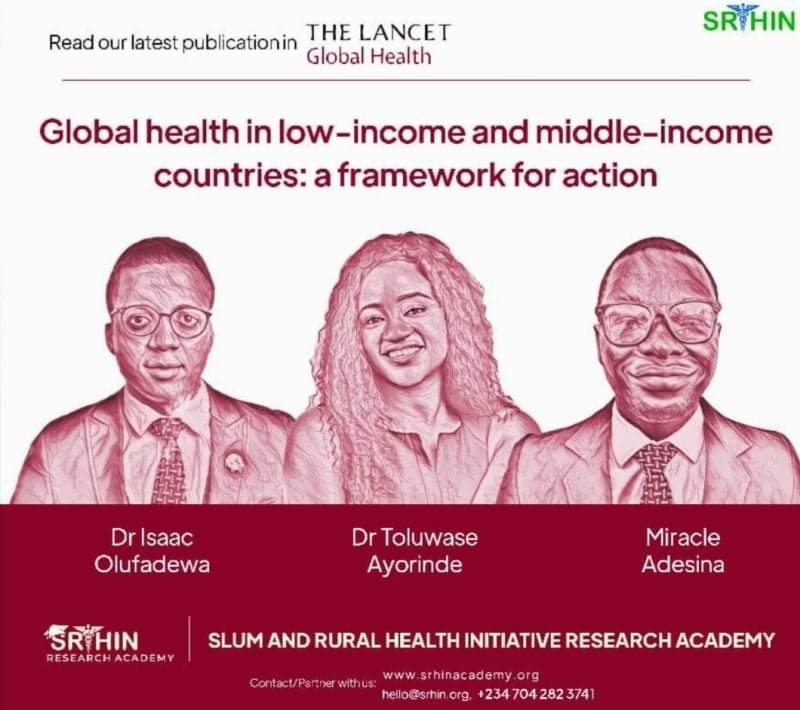Here are some proven strategies to increase the uptake of Hepatitis B vaccine:
-
- Establishment of a Viral Hepatitis Surveillance System — Pakistan, 2009—2011: In August 2009, to monitor the effectiveness of NPHPC’s activities and guide the implementation of evidence-based prevention interventions, the Pakistan FELTP launched a hepatitis sentinel site surveillance system in collaboration with the CDC’s Division of Viral Hepatitis.
Criteria for site selection were based on geographic distribution, patient load, capacity for laboratory testing, ability to conduct data entry, and capacity for transmitting viral hepatitis data to the National Institute of Health in Islamabad, where FELTP is housed. Five public sector tertiary-care hospitals, * located in four provincial headquarters (Lahore, Peshawar, Karachi, and Quetta) and in Islamabad (the federal capital), were selected as sentinel sites for viral hepatitis surveillance. Staff members at each site were trained to identify cases of viral hepatitis from the pediatric and adult outpatient and inpatient departments using a range of criteria (e.g., specific symptoms and elevated liver enzymes in the blood, as detected by hospital-based laboratories). For those suspected cases, additional data were collected from consenting patients using a standard investigation form. The case reporting form was comprehensive, allowing for the collection of information regarding patient demographics, symptoms, and risk-factor exposures during the 6 months before illness onset. Enzyme-linked immunoassay (ELISA) test kits were used to test serologic specimens for all types of viral hepatitis. Laboratory data were interpreted and cases were classified based on preestablished case definitions† for each type of viral hepatitis. Data were entered into a database and transmitted to the FELTP office for analysis. Each month, viral hepatitis data were shared with NPHPC, sentinel surveillance sites, and federal and provincial health authorities. The hepatitis surveillance system was fully operational by June 2010.
From June 2010−March 2011, a total of 712 cases of viral hepatitis were reported by the five sentinel sites. Newly reported hepatitis C was the most common cause of viral hepatitis, accounting for 53.2% of cases, followed by acute hepatitis A (19.8%), acute hepatitis E (12.2%), and newly reported hepatitis B (10.8%). In addition, among patients, 28 (3.9%) had evidence of HBV and HCV coinfection, and 11 (14.3%) of those with HBV infection had evidence of coinfection with hepatitis D. Most persons reported with viral hepatitis resided near the reporting hospital, all of which were in large cities. For all types of viral hepatitis, nearly twice as many cases were reported among males than females. Most reported cases occurred among persons aged 20–39 years (365 cases; 53.3%), although some variation occurred by type of hepatitis. Of 24 women with acute hepatitis E infection, 75% were of childbearing age (15–49 years), but information regarding pregnancy status was unavailable. Hospitalization rates ranged from 7.1% for acute hepatitis A infection to 10.4% for newly reported HBV infection. No deaths were reported among persons with any type of viral hepatitis. Of the 25 persons with any type of hepatitis who reported being vaccinated against HBV, two (8%) were aged ≤5 years, three (12%) were aged 6–19 years, and 20 (80%) were aged ≥20 years. Of the 13 hepatitis cases reported among children aged ≤5 years, only two of the children previously were vaccinated against HBV, including one child with a newly reported HBV infection. - Hepatitis B Virus Infection in Indonesia 15 Years after Adoption of a Universal Infant Vaccination Program:Possible Impacts of Low Birth Dose Coverage and a Vaccine-Escape Mutant Indonesia adopted a universal hepatitis B vaccination program for infants in 1997. The plasma-derived vaccine was produced until 1997 when it was replaced by a recombinant hepatitis B vaccine.2,14 In 1999, Indonesia introduced an innovative policy by using a prefilled single-use injection device of the hepatitis B vaccine that is stable even outside the cold chain. This approach has improved hepatitis B vaccine coverage and reduced hepatitis B carrier rates.26 In 2000, Indonesia introduced a program for using the device for the birth dose in seven provinces. In 2003, the program expanded to target all of Indonesia’s 5 million annual births.27 The ultimate goal of the national hepatitis B immunization program is an HBsAg prevalence of less than 1% in 5-year-olds born after the start of routine immunization.28 This study revealed that the prevalence of HBsAg among preschool- and school-aged children ranged from 2.1% to 4.2% and 0% to 5.9%, respectively (Table 1). These rates were lower compared with a previous study on adult (from 5 to 10%) and pregnant female (5.2%) populations in Indonesia.2 According to the first immunization project model of hepatitis B vaccination among children in Lombok in 1987–1991, the carriage rates decreased from 6.2% to 1.4%.
- Immunization Schedule and the Need for HBV Birth Dose Vaccine in Ghana Immunization is globally utilized as a means of preventing infections, especially among children. Universal infant immunization for HBV was recommended following the overwhelming success of this approach in Taiwan. The World Health Organization (WHO) unequivocally recommended its incorporation into the expanded program on immunization (EPI) for all countries, especially in Vaccines 2018, 6, 15 3 of 4 Africa in 1991. Ghana had a delayed response to this call and only adopted HBV vaccination in children as part of the EPI in 2002 to reduce the HBV menace. The evidence for the prevention of perinatal transmission of HBV by the birth dose vaccine is overwhelming as demonstrated by the Chinese government through a public-private partnership with the Global Alliance for Vaccines and Immunization (GAVI). The EPI schedule for Ghana recommends Bacille Calmette–Guerin (BCG) at birth; oral polio vaccine (OPV) at birth, 6, 10, and 14 weeks of age (OPV-0, OPV-1, OPV-2, and OPV-3 respectively); three doses of diphtheria, pertussis, tetanus, Haemophilus influenzae type B, and hepatitis B (DPT/HiB/HepB) 5 in 1 vaccine at 6, 10, and 14 weeks of age. Measles and yellow fever vaccines are given at nine months of age. Examining the current schedule shows that there are already some vaccines given at birth and therefore the introduction of the birth dose vaccine for HBV will not disrupt the EPI program in Ghana. The hepatitis B monovalent vaccine can be given together with OPV-0 and BCG. However, this needs to be given ideally within 24 h of the baby’s delivery. This modification to the immunization schedule in terms of timing is not problematic as it only introduces another at-birth-dose vaccine at an extra cost. The health sector should be proactive in leading the government towards the introduction of the birth-dose vaccine for HBV as it has been proven efficacious in the prevention of mother-to-child transmission in many other countries. There is a need to establish a public-private partnership with GAVI and the government of Ghana to make the implementation of the birth dose vaccine a reality as soon as possible. We also do recommend the need to explore other local and international funding to make this vaccine introduction sustainable once the initiative takes off.
- Tackling stigma and misinformation to beat back hepatitis B in Uganda According to the Ministry of Health, Uganda’s hepatitis B prevalence currently stands at 4.1%. As part of the government’s prevention and management efforts, it introduced early childhood vaccination against the hepatitis B virus into the country’s routine immunization programme in 2002. And, since 2015, the government has also spearheaded screening and vaccination for adolescents and adults. However, uptake remains slow because of the stigma, lack of awareness, and misinformation about the disease. According to Lutamaguzi, information about hepatitis, how it spreads, symptoms, and prevention efforts are not properly understood by a large section of the public. “Some people associate hepatitis B with HIV. So, when someone discloses that they have hepatitis B, it is automatically assumed that they are HIV-positive. Some people also fear interacting with those who have disclosed their status because they think they too can contract the disease,” he reveals. Dr Rachel Beyagira, the Hepatitis Focal Officer at the Ministry of Health, says the introduction of the hepatitis B vaccination into the country’s routine immunization programme has contributed to a reduction of cases, especially among children born after 2002 when the programme was first implemented. “We are carrying out mass testing and linking those who test positive with care whilst also providing information to health workers on proper management of cases,” says Dr Beyagira. Since launching the mass screening and testing campaigns in 2015, she says that at least 5.7 million adults have been reached with testing services. Of these, 326,587 (about 6%) tested positive. The target, according to Dr Beyagira is to reach at least 17 million adults with screening services. “The government continues to run mass screening and vaccination campaigns in a phased manner based on the prevalence of the disease in the different regions of the country,” she adds. For his part, Lutamaguzi is advocating for the introduction of the hepatitis B birth dose, where all infants receive the first dose of the vaccine within 24 hours of being born.
“The birth dose is the most efficient intervention for the elimination of hepatitis B. If a child is born to a positive mother, the child will automatically be protected when they get the dose at birth. We have seen this in a number of countries in Africa that have introduced it. Uganda is on the road to its introduction, so it would be a game-changer,” he says. - Establishment of a Viral Hepatitis Surveillance System — Pakistan, 2009—2011: In August 2009, to monitor the effectiveness of NPHPC’s activities and guide the implementation of evidence-based prevention interventions, the Pakistan FELTP launched a hepatitis sentinel site surveillance system in collaboration with the CDC’s Division of Viral Hepatitis.



